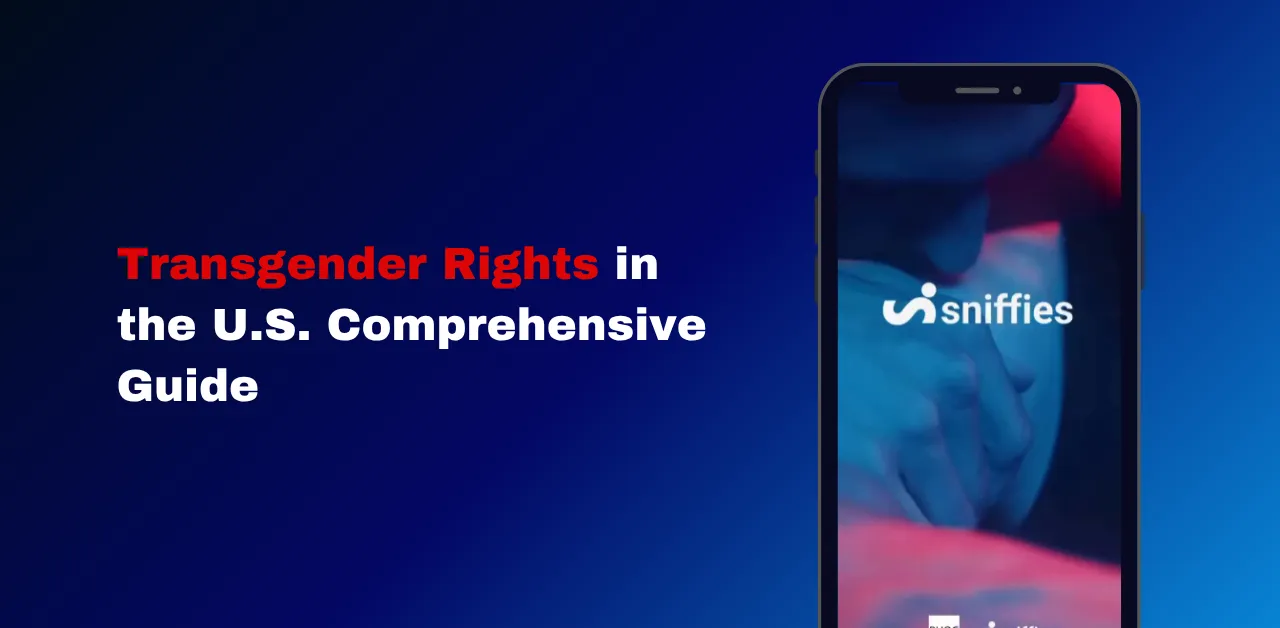Transgender Rights in USA – Key Laws & Societal challenges

Transgender rights in the United States are at a critical juncture, with evolving policies, legal battles, and public opinions shaping the landscape. This guide dives into the current state of transgender rights in the U.S.A covering key laws, societal challenges, and actionable steps for advocacy. Whether you’re seeking to understand protections, navigate legal frameworks, or support the transgender community, this content offers clear, reliable insights grounded in recent data and trends.
Our goal is to provide a thorough, user-focused resource that answers your questions and offers practical guidance. Unlike other articles, we combine legal analysis, real-world examples, and advocacy tips to empower readers. Let’s explore the key aspects of transgender rights in the U.S. as of June 2025.
What Are Transgender Rights?
Transgender rights refer to the legal and social protections ensuring that individuals whose gender identity differs from their sex assigned at birth can live free from discrimination, harassment, and violence. These rights span employment, housing, healthcare, education, and public accommodations. The term “transgender” encompasses diverse identities, including nonbinary and gender-diverse individuals.
Key Areas of Focus
Current Legal Landscape for Transgender Rights
The U.S. legal framework for transgender rights is a patchwork of federal, state, and local policies. Below, we outline major protections and restrictions as of 2025.
Federal Protections
The landmark Bostock v. Clayton County Supreme Court ruling (2020) established that Title VII of the Civil Rights Act protects transgender individuals from employment discrimination. However, federal policies have shifted recently:
State-Level Policies
States vary widely in their approach to transgender rights:
- Supportive States: At least 21 states and Washington, D.C., have laws prohibiting discrimination based on gender identity in employment, housing, and public accommodations.
- Restrictive States: Over 25 states have banned gender-affirming care for transgender youth, with some classifying such care as a felony. For example, Tennessee’s SB1, upheld by the Supreme Court in 2025, restricts healthcare for minors.
- Sports Bans: More than 20 states prohibit transgender athletes from competing in sports aligned with their gender identity, with federal support via the 2025 “Keeping Men Out of Women’s Sports” executive order.
Challenges Facing Transgender Individuals
Despite progress, transgender Americans face significant barriers. The 2022 U.S. Transgender Survey (USTS) with 92,329 respondents revealed stark realities:
Read the full 2022 U.S. Transgender Survey for detailed insights.
Public Opinion and Partisan Divide
Public support for transgender rights is mixed, with deep partisan divides:
Gender-Affirming Healthcare
Gender-affirming care, including hormone therapy and surgeries, is a cornerstone of transgender health. The 2022 USTS found that 98% of those on hormone therapy and 97% who had surgery reported increased life satisfaction.
Current Restrictions
Medical Community Support
Major medical associations, including the American Academy of Pediatrics, endorse gender-affirming care as safe and effective when provided in a supportive environment.
How to Support Transgender Rights
Advocacy is crucial for advancing transgender rights. Here are actionable steps:
- Educate Yourself and Others:
- Read credible sources like the Human Rights Campaign to understand transgender experiences.
- Share stories to humanize the issues, as personal connections increase support.
- Support Trans-Led Organizations:
- Advocate for Policy Change:
- Create Inclusive Spaces:
- Use correct pronouns and names in workplaces and schools.
- Advocate for gender-neutral restrooms in public spaces.
Future of Transgender Rights in the U.S.A
The future of transgender rights hinges on legal battles, public opinion, and advocacy. The Supreme Court’s upcoming rulingsbuster on Tennessee’s healthcare ban could set precedents. Meanwhile, growing visibility of transgender stories may shift public support, as seen with gay rights historically.
Conclusion
Transgender rights in the U.S. are a complex, evolving issue marked by progress and setbacks. While federal protections like Bostock provide a foundation, restrictive state laws and recent executive orders pose challenges. By understanding the legal landscape, supporting trans-led organizations, and advocating for inclusive policies, we can drive change.
If you enjoyed this, you might also like our latest article Supreme Court LGBTQ Rights or Iconic Women of Queer Country





